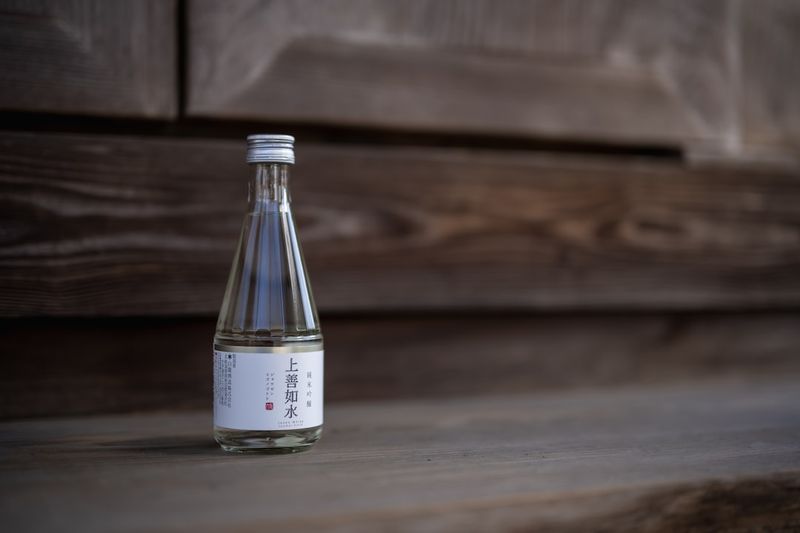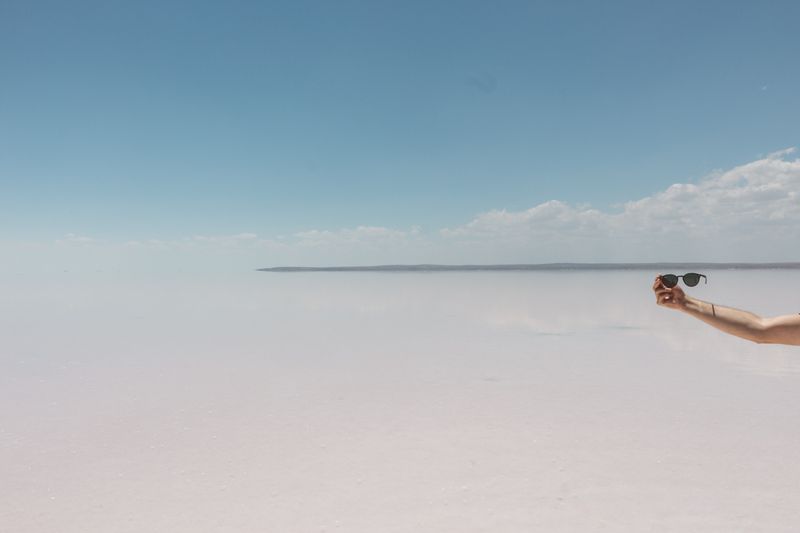Inspiration Kyoto: Sipping the World’s Oldest (and Most Expensive) Sake
A Cup is Not Just a Cup
Australian expat Robert Yellin, a professional collector of pottery, has dedicated his life to the appreciation and understanding of Japanese ceramics. In particular, Yellin has a deep admiration for the traditional sake cups, known as “shuki.” These cups, crafted by skilled artisans over 400 years ago, hold a significance that extends far beyond their physical form. Yellin believes that a cup is not just a cup, but an embodiment of culture, history, and the basic elements of life. To true aficionados of sake, the vessel from which it is consumed is as important as a wine glass, as it alters the flavor, texture, and overall drinking experience.
The Journey into the Heart of Kyoto’s Sake-Producing World
For those unfamiliar with the world of sake, the different styles, flavors, and labels can seem daunting. That’s why a day-long journey into the heart of Kyoto’s sake-producing world can be an enlightening and immersive experience. Inside Japan, a travel company specializing in bespoke tours in Kyoto, offers a sake-focused itinerary conducted by local expert Van Milton.
One of the highlights of this journey is a visit to Matsui, a 300-year-old sake brewery in central Kyoto. Here, participants have the opportunity to taste Matsui’s key products and learn about the difference between standard sake and “namazake,” or fresh sake. It is recommended to always ask for namazake at a bar to ensure that the sake is locally produced by skilled artisans.
The True Home of Kyoto’s Sake-Brewing Culture
The journey continues to Fushimi, the true home of Kyoto’s sake-brewing culture. Here, 22 breweries thrive in centuries-old buildings, showcasing the rich history and tradition of sake production. Tsukino Katsura, one of the oldest breweries in Fushimi, has been open since 1675 and remains in the Masuda family to this day. Visitors have the opportunity to meet Tokubei Masuda, the 14th generation at the helm, and taste multiple sake samples in short, round glasses. It is during this tasting experience that everything begins to come together: the history, culture, technique, and significance of the vessel.
Just as the journey comes to an end, Masuda surprises the participants with something exceptional: a bottle of specially aged, 48-year-old sake. This exquisite sake, priced at 3 million yen (about $34,000) per bottle, is a true representation of the artistry and mastery of sake production. The participants raise their glasses to experience the wonder of this deeply yellow, treacle-like liquid, feeling as if they are reading a poem or haiku written almost 50 years ago.
Editorial and Advice
Sake, Japan’s traditional rice wine, is not merely a beverage but a symbol of culture and craftsmanship. It is an art form that demands appreciation and understanding. The vessels from which sake is consumed hold significant importance, enhancing the drinking experience and reflecting the rich history and tradition of the drink.
For those interested in delving into the world of sake, a journey to Kyoto’s sake-producing world is highly recommended. Through bespoke tours like the one offered by Inside Japan, participants can gain insights into the different styles, flavors, and production techniques of sake. The opportunity to taste a variety of sakes and learn from local experts adds depth to the experience, allowing individuals to develop a deeper appreciation for this ancient drink.
In addition to experiencing sake firsthand, it is advisable to educate oneself about the various styles and flavors of sake. Understanding the difference between standard sake and namazake, for example, can help discerning drinkers make informed choices. Furthermore, familiarizing oneself with sake labels, often written in traditional calligraphy, can enhance the overall enjoyment and appreciation of the drink.
Ultimately, experiencing Kyoto’s sake-producing world is not just about sipping sake but immersing oneself in the culture, history, and artistry that surrounds it. By delving into this fascinating world, individuals can develop a newfound appreciation for sake and its significance in Japanese society.

<< photo by Kouji Tsuru >>
The image is for illustrative purposes only and does not depict the actual situation.




